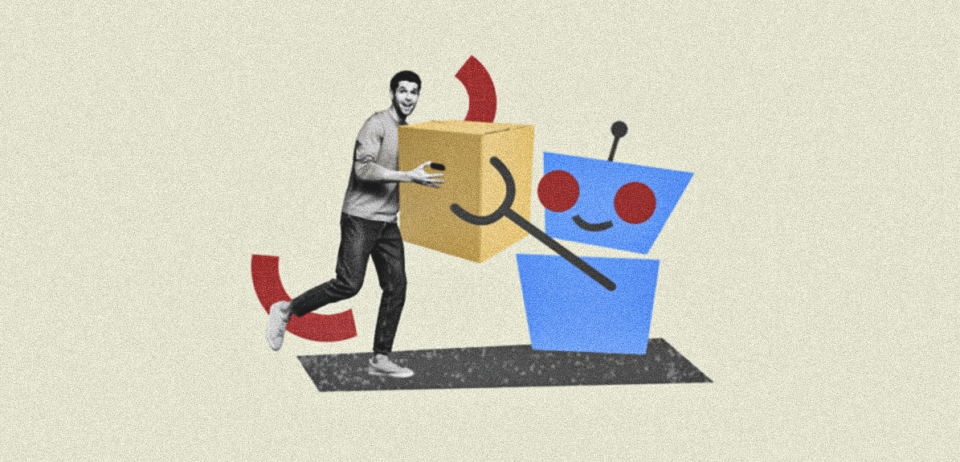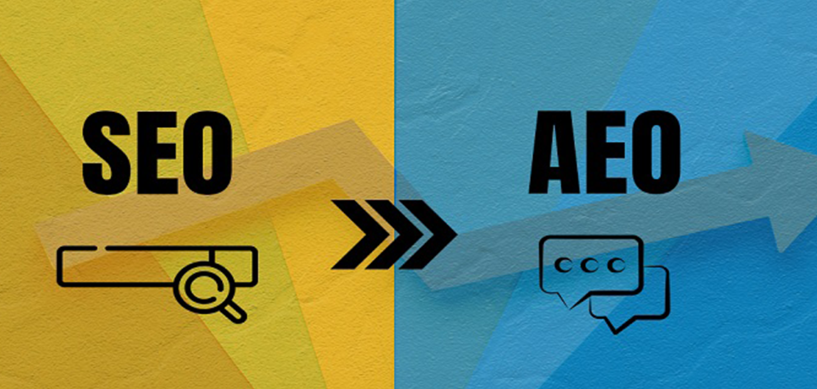
Your Next Buyer Isn’t Human: How AI-Driven Behavior is Changing Marketing in 2025
Wait, Who’s Shopping Now—An AI? Is it for real? You log into your favorite shopping app to reorder dog food. Before you can even tap, the item’s already in your cart, shipping on the way. Smooth, right? But here’s the twist: it wasn’t you who added it. Magic—no, it’s your AI assistant. Your AI-driven behavior predicted the need, made the decision, and made the purchase.
Welcome to the world where consumers don’t just shop with AI—they are AI. Virtual agents are evolving from helpful sidekicks to autonomous decision-makers. They sift through data, anticipate needs, and increasingly, act on behalf of real people. That shift isn’t science fiction. It’s happening now.
And if AI agents are making buying decisions, we need to rethink everything we know about ad targeting.
From Human Behavior to AI-Driven Behavior
For years, marketers have relied on user personas built on age, gender, income, location, and interests. However, an AI assistant does not consider the user’s age while making decisions. It is concerned with context, usage statistics, patterns, and preferences.
This new behavior—AI-driven behavior—isn’t about demographics. It’s about digital intent, efficiency, and logical prioritization. These agents don’t get emotional. They don’t make impulse purchases. When anything makes algorithmic sense, they compare, compute, and click.
Imagine this:
- A mom’s AI schedules weekly grocery deliveries based on dietary preferences and sales.
- A gamer’s AI pre-orders accessories when game specs are released.
- A CEO’s AI scouts flights and hotels aligned with their calendar and loyalty rewards.
Suddenly, ad creatives that appeal to emotions or demand attention may suddenly fail because they aren’t connecting with people. They’re reaching a logic-based agent.
RIP Traditional Targeting? Maybe not. But it’s definitely getting a makeover
Let’s be clear—humans aren’t out of the picture. But with AI agents entering the chat (literally and figuratively), ad targeting now needs a two-layer approach. First, it’s about understanding the human’s long-term preferences—what they value, what they repeat-buy, and what they genuinely care about over time.
Second, it’s about understanding how their AI-driven behavior interprets and acts on those preferences in real time. For example, an AI agent helping with skincare purchases might focus on ingredients, price per use, and dermatologist ratings. But, the human behind it might still care deeply about a brand’s ethics or how aesthetically pleasing the packaging is.
The ad that wins? One that checks both boxes—logic for the AI, emotion for the human.
New targeting dimensions: Thinking like an agent
To effectively reach AI-driven behavior, brands need to optimize for a different kind of buyer logic. Here’s what that means:
Structured Data is King
AI agents thrive on clear, digestible information. Strong product metadata, open reviews, and specifications that are easy to compare will help brands become more popular.
API-Friendly Offers
Deals, bundles, and discounts need to be machine-readable. Your “limited-time offer” banner might look flashy, but unless an agent can scan it—it’s invisible.
Predictive Compatibility
AI agents will prioritize brands they know work well with a user’s ecosystem. Think: a fitness tracker recommending supplements that integrate with a health dashboard.
Influence Redefined: From Persuasion to Preference Engineering
In traditional advertising, influence means nudging someone emotionally or psychologically toward a purchase. The game shifts to preference engineering using AI agents. This entails providing long-term patterns from which agents will learn and respond.
For example, suppose a user clicks on cruelty-free products on a regular basis. Their AI agent eventually auto-filters future product suggestions to only include cruelty-free options. Even without ever delivering an emotional pitch, brands that cater to these intrinsic needs stand out as first-choice suppliers.
SEO? Try AEO—Agent Experience Optimization
Welcome to the Agent Experience Optimization (AEO) era. Just like SEO was built around search engines, AEO is all about making your brand easy for AI agents to understand and act on. That means creating machine-readable content that clearly outlines product benefits and technical details.

It also includes offering integration tools like smart assistant plugins or chat APIs, and plugging into data-sharing ecosystems that help agents learn and recommend faster. Your chances of winning that next automated buy increase with how intelligent and seamless your brand experience is.
Ads they’ll actually see (Yes, even AI agents have feeds)
Here’s a curveball: as AI agents become more personalized, they may start serving curated options or product feeds directly to their human counterparts. Think of it as an ultra-smart recommendation list. So yes, your ads still matter. But now, they must be agent-approved before ever hitting a human eye. Winning placement in these feeds could depend on factors like:
- Relevance to user history
- Past satisfaction scores
- Real-time needs (e.g., product refill cycles or calendar-linked suggestions)
From smart shopping to smarter strategy: Marketing in an Agent-driven world
We’re quickly moving toward a future where AI agents not only shop for us but also collaborate with each other. Picture your smart fridge telling your grocery assistant to restock almond milk—then haggling with a store’s inventory bot to get the best deal. This isn’t sci-fi. It’s the next phase in smart ecosystems, already taking shape through connected supply chains and home devices.
In this world, advertising becomes more about trust and practicality than it is about emotional appeal. If your brand continuously provides value, quality, and smooth integration, you will be granted a permanent position in these self-governing systems. The more important question: are marketers ready to market to something that doesn’t feel, but still chooses?
Brands need to view AI agents as a new type of customer if they want to succeed. That means rethinking creative formats, sharpening data clarity, prioritizing transparency, and ditching the fluff. Because AI-driven behavior isn’t just another trend—it’s the future blueprint of digital marketing.
Cut to the chase
Ready to future-proof your marketing strategy for the age of AI-driven behavior? Start optimizing for AI agents today — or risk being left behind tomorrow. Reach out now to discover how your brand can win in this new digital landscape.

